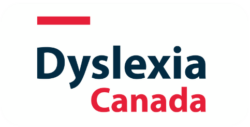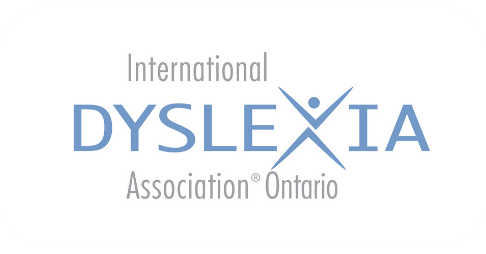This structured journal template, based on the work of David Liben and Meredith Liben, can be used to introduce students to the use of structured journals in their close reading of texts. While this work can be started orally with younger students, this template will […]
Vocabulary knowledge must be intentionally nurtured to ensure that students are ready for the greater vocabulary demands of reading complex texts and writing multi-paragraph essays, but we need to pay attention to cracks in the foundation and scaffold our lessons accordingly, or it all falls […]
The “Teaching TV: Television as a Story Teller” lesson, within Elizabeth Verrall’s comprehensive five-part unit, equips teachers with creative strategies for TV education in elementary classrooms. This lesson guides students in exploring television’s role as a narrative medium. Key learning outcomes encompass understanding how media […]
When it comes to choosing texts for the classroom, educators have a lot of questions. Should we be looking at levels, lexiles or other readability criteria? Do we limit kids to “just-right” books? How can we scaffold instruction to help struggling readers access age- and […]
Kate chats with Clara Fiorentini this week. Tune in to explore novels in the classroom: how class novel studies fit into structured literacy, how complex text can be scaffolded, using “read-alikes” to choose texts, and avoiding the perils of “extractitis” – don’t miss this thoughtful […]
In this Reading Rockets article, the authors outline critical literacy and how to achieve this in your K-3 classroom using high-quality read alouds and provide a step-by-step model using an actual book.
In this lesson, students delve into how media constructs reality through the lens of TV families, paralleling them with their real-life counterparts—personal and peer families. The session commences with a survey of students’ beloved family-oriented TV shows and their allures. Organized in groups, students opt […]
In this lesson, students grasp online advertising’s essence and marketers’ creation of captivating virtual spaces for children. After learning advertising techniques, students partake in an online game, practically simulating a website promoting the fictional cereal Co-Co Crunch. This hands-on exercise applies learned strategies, showcasing comprehension […]
During this lesson, students will explore branded content and develop the ability to distinguish between branded and non-branded images and videos online and offline. This distinction will be cultivated through a series of questions and interactive discussions.
This instructional content is tailored for educators guiding students through the lesson. It introduces students to the concept that media can be misleading and encourages exploration of how creators intentionally frame media presentations, prompting contemplation of what remains beyond the scope. The objectives of this […]
Wanting to up your read aloud game? This lesson plan from Dr. Stephanie Stollar will support you in maximizing vocabulary and comprehension in your read alouds.




